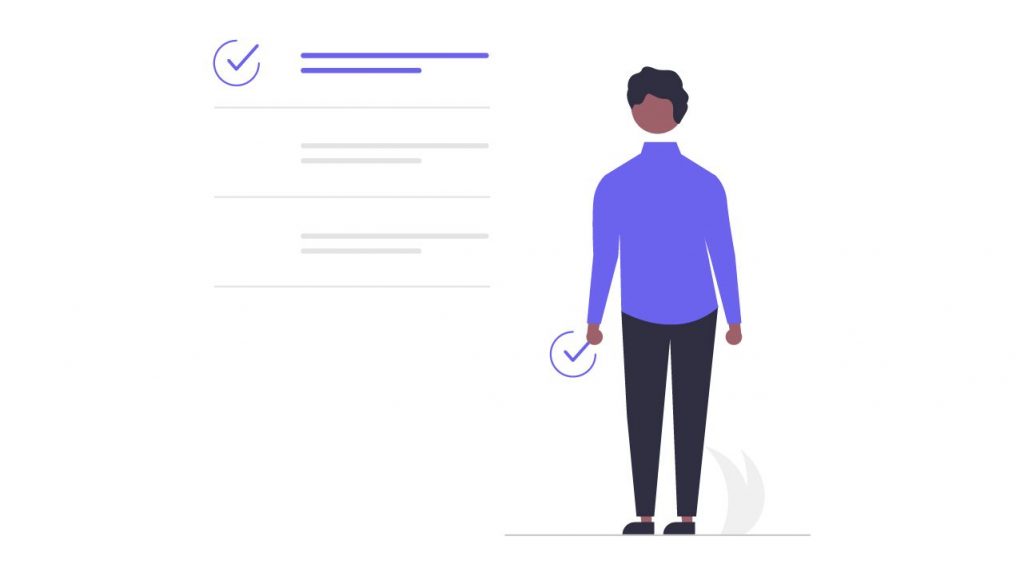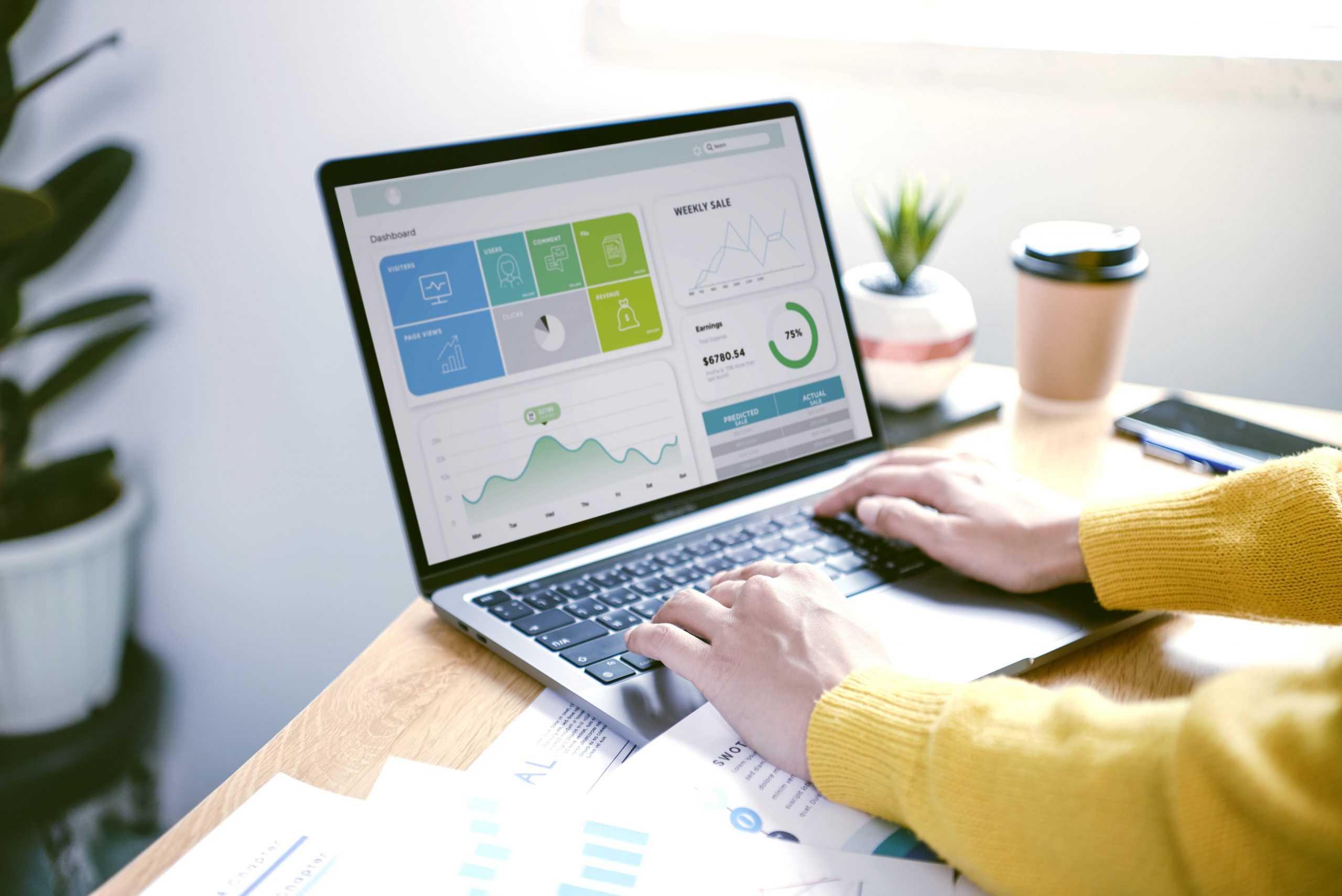When starting a small business, there is not that much to worry about at the very beginning. But then, with your business growing and expanding, issues and challenges increase as well. For example, in case you reach huge sales. Your product demand becomes high, and you should still meet this demand. You should also go on satisfying your customers, so as not to spoil your sales statistics. To avoid this, there is a solution: backordering. And it is essential to know what is backordering in materials management.

What is Backordering?
Backordering is used in such cases when you do not have on-hand stock. It is used primarily with a just-in-time inventory management strategy. Backordering gives your customers a chance to place orders even when there is not enough stock at hand. In the case of backordering products, products are sold faster than they are stocked. But to handle this sales technique, you should also know the tactics.
Sales increase causes demand overflow. And here, demand forecasting becomes a significant factor. As a consequence, backordering also elevates its importance. Improving your inventory management will give you a chance to establish good relationships with your customers and reduce backorders appropriately.
What is a Backorder?
Backorder is the type of service or good order which is for items not available at that particular time.
Companies can still be manufacturing the order, so here backordering materials management also becomes crucial. Backorders are usually ordered in advance but received later (as soon as it becomes available). As a rule, backorders show that product demand is higher than the supply. The exact time of getting your backorders varies depending on the quantity.
The Definition Backordered Items
What does it mean for an item to be backordered? In short, pre-sold goods are often referred to as backordered items. Highlighting the notion of the strategy, backordering implies that when a customer places an order for an item that is not available on the stock yet, they are giving their consent to wait. As a result, consumers get their order immediately after it arrives at the warehouse.
Understanding the Dropshipping
Dropshipping is a supply chain management technique implying that goods are shipped directly from the manufacturer or supplier to the customer without intermediaries. Dropshipping allows businesses to operate with lower overhead costs and stock risks. As a result, individual entrepreneurs and eCommerce retailers get more flexibility in product offerings. Dropshipping can help mitigate the cost of backordering because it allows companies to order products only when customers actually order them. This especially prevents companies from stocking too much inventory and helps to reduce the administrative costs associated with backorders.
Today, many sellers still apply blind shipping. In short, it’s a technique used in materials management whereby the supplier ships products to the customer without specifying an individual recipient. This particularly allows businesses to improve inventory turnover, reduce stock levels, and improve their ability to offer a broader range of products to their customers. Blind shipping can also help to improve customer service by ensuring that products are delivered to the customer in a timely and efficient manner.
Why is Backordering Important?

Backordering mainly helps to increase your business sales. And most importantly, it is to retain your customers and not to let them go to your competitors. Backorders work best with the suitable suppliers you cooperate with. The very first step is to take backorders from the products shown on your website. After gathering a sufficient amount of orders, here is the next step. It is about ordering from the supplier. To minimize waiting time and to quicken delivery, you can use a backorder dropshipping method.
Let’s view the example of furniture. As it consists of significant items, their holding cost is high. So you inform your customers that the delivery time varies. And then you only retain a small number of popular items for immediate sale. Customers, of course, should be aware of you running with backorders. And they will take into account the fact that some products may take some time to arrive. The majority of your customers will accept those rules, especially for large and massive items. If you have such customers who face long transit times, costly shipping, cart abandonment, and out-of-stock items, you risk losing them.
Another important aspect of backordering is that it helps companies understand customer behavior patterns. The numbers and types of backorders indicate the ways consumers perceive particular products. Detailed analysis of customer behavior can provide valuable insights on trends and predict optimal periods for sales.
Inventory Management Analysis
The importance of inventory management has been emphasized several times throughout the various topic discussions. In brief, inventory is the most critical asset of any eCommerce or non-commercial organization. Inventory management is the process of ordering, storing, controlling, and distributing patterns of a particular company’s stock levels. Backordering is especially useful while conducting inventory management analysis.
The role of backordering in the inventory management analysis especially contributes to solving several issues:
- Firstly, shedding light on the most optimal means and strategies a company can use to manage its inventory flow efficiently;
- Secondly, making predictions concerning the demands of purchasing and stocking particular products;
- Finally, identifying and eliminating issues concerning the delivery
Advantages of Backordering
It is essential to pay closer attention to the advantages and disadvantages while answering the central question of today’s discussion, i.e., “What is backordering in materials management?“
For now, let’s see the main benefits of backordering. They include:
- Customization: Backordering involves easily accommodated customized requests. For example, instead of a ready-made standard product, a business can offer to make a personalized item. But for this, of course, you need to be quite flexible.
- Reduced Cost: To stock large supplies, you also need to provide enough storage space. This and other business components require a lot of money. If you are a business without a storage center, you will need to pay for carrying costs. And logically, if you retain small stock, you cut your costs.
- Increased Brand and Product Value: Customers start to value your brand and products more when they know you use backordering. Various companies use this as a marketing solution. With the help of intensive backorder use, you can quickly increase your customers’ curiosity and interest in your brand and product.
- Reduced Wastes: Backordering mainly affects product wastes. For example, if you retail air conditioners every summer, there is a demand surge. Non sold items in winter could be unnecessary as new models get to replace them or they are not in their normal condition by next winter. You wouldn’t want to keep not sold items. Backordering meets summer demand with low risk.
Disadvantages of Backordering
While backordering does have some benefits, such as allowing the supplier to offer a broader range of products, it also has some disadvantages. Let’s go through the most obvious and striking ones now:
- Backordering can create delivery delays for customers. As a result, the customer satisfaction rates drop, and the companies risk losing their devoted buyers.
- It can also lead to increased inventory costs for the supplier, as they may have to order more products than they would if they had an accurate inventory count.
- Suppliers may come across challenges in forecasting the demand for products that are not commonly ordered. As a result, this can lead to stockouts and lost sales.
These issues can add up to increased costs for the business, so retailers need to weigh the pros and cons of using backordering systems before making the next strategic decision.
How and Why Account for Backorders
The decision of how to account for backorders will depend on the company’s specific needs. For example, companies that have a lot of backorders may want to set up a separate account to track the cost of backorders more easily. In fact, companies that have a smaller number of backorders may choose to include them in the inventory valuation to get a more accurate picture of their inventory levels.
Creating a separate account for backorders is the most common way of accounting. In such a case, the cost of the backordered products is tracked and reported separately from other inventory costs. Hence, the benefits of such an approach include the clear distinction for financial analysis of sales and accounting.
Including backorders in the company’s inventory valuation is another way to account for the backorders. This can be done by including the backordered products in the inventory count or setting up a particular valuation for backordered products.
Backorder Costs: The Cost of Extended Delivery Times
There are two main costs associated with backordering: inventory and administrative. Inventory costs especially refer to holding inventory for products that are not in stock. In fact, this can include the cost of storage and the opportunity cost of not being able to sell that inventory. Administrative costs refer to the cost of managing backorders, which can specifically include customer service, order processing, and shipping.
However, when the product distribution depends on a third party, chances are the delivery dates will be delayed. In such cases, companies need to compensate for the extended delivery times. Working compensation options can include special discount offers, such as free shipping or a price reduction.
How Backordering Works

As backordering is an order fulfilment process, first, let’s see the main steps in simple ordering products:
- The buyer places an order.
- Sales order is generated.
- Sales order is matched with the product in the inventory.
- The item is shipped to the customer.
Now let’s compare the steps with the backordered order fulfilment process:
- An order is placed for an out-of-stock product.
- Backorder is opened.
- This order is converted to a purchase order to the vendor.
- The vendor gets the purchase order.
- The vendor fulfils the order.
- You get the item and ship it to the customer.
The above information aims to highlight the importance of backordering in material management. It can become a successful business strategy no matter what order fulfilment strategy you choose. The primary purpose of backordering is to meet your customer expectations. With the use of the above mentioned practices and the right tools, you will efficiently manage all the situations and meet market demands. Just keep the appropriate balance between your convenience and the shoppers’ eagerness. Also, check out eSwap features for shipping management and order management, which can significantly assist you in your journey on organizing backordering.
Key Takeaways
Indeed, backordering can be a costly problem for companies. Still, it is important to understand the advantages and disadvantages of various solutions to make the best decision for your specific needs. Backorders are an inevitable part of doing business at the end of the day, so it is essential to have a plan to manage them as efficiently as possible.
The key points of today’s discussion include the following aspects of backordering:
- Companies that have accepted the customers’ orders but do not have the ordered items in stock can benefit from backordering.
- Companies greatly relying on dropshipping practices become more flexible in product offerings. Nevertheless, it is crucial not to get into extremes while trusting the backordering and delivery to third-party suppliers.
- Customers should always be aware of the company running its business on backordering. Otherwise, companies risk losing all their customer base, selling a product without letting the buyers know that it may take some time to be delivered.







